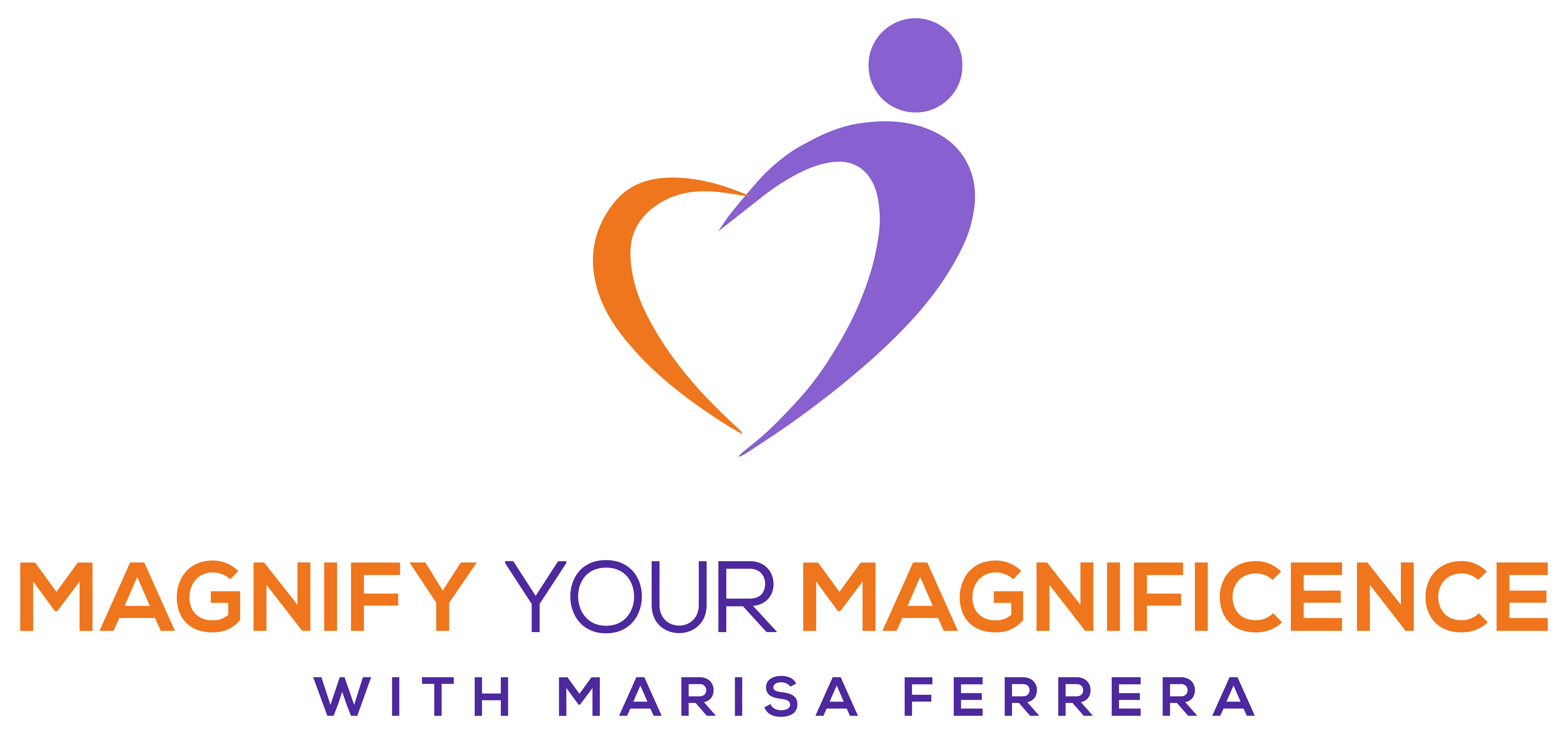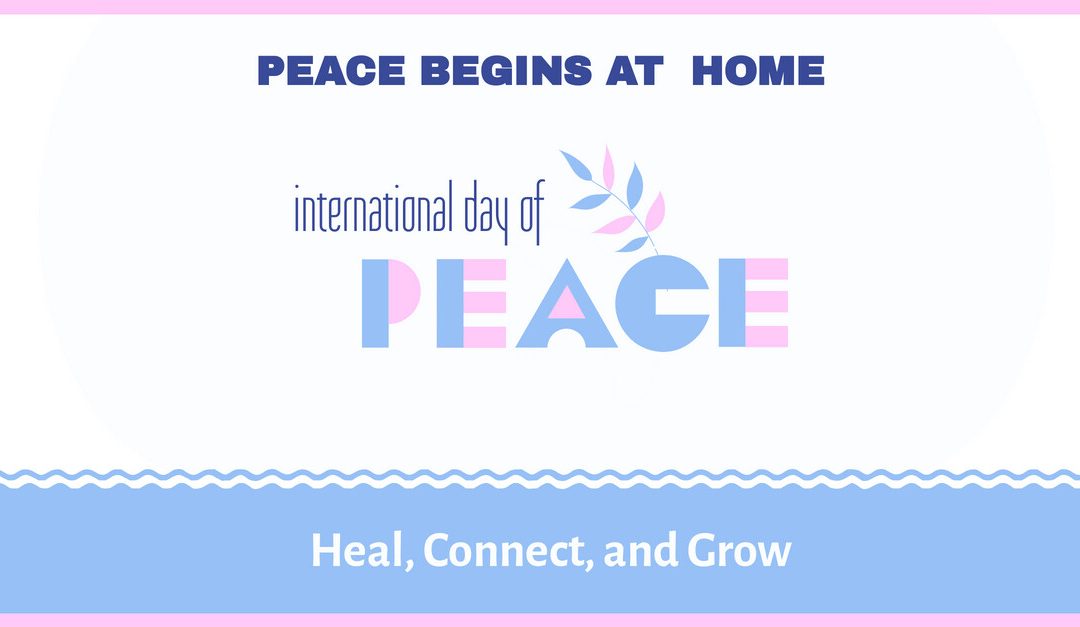On International Peace Day, we reflect on the power of peace in the world around us. Yet, what if the journey toward global peace begins within our own hearts, homes, and families? Family relationships, with all their history, emotions, and complexities, can sometimes feel like the last place where peace is possible. Yet, these relationships are the most important for creating the deep healing that the world so desperately needs.
As an empowerment coach for heart-centered women, I believe that every conflict is an opportunity to heal, deepen connections, and create more peace—not only in our families but in the world as a whole.
The Ripple Effect of Family Peace
When we experience peace in our closest relationships, it ripples out into all areas of our lives. A family unit that fosters understanding, empathy, and love can influence communities, workplaces, and society at large. Every peaceful resolution to a family conflict contributes to a larger wave of global harmony.
If we each take responsibility for resolving conflicts within our families, imagine the potential impact on our neighborhoods, cities, and even across nations. By creating more peace within our personal relationships, we can play a vital role in fostering a more peaceful world.
Proven Strategies to Resolve Conflict Peacefully
While conflict is inevitable, it doesn’t have to create separation or pain. In fact, conflict can be a gateway to greater understanding, trust, and connection. Here are some proven strategies to help you resolve conflict peacefully in your family relationships:
1. Practice Active Listening
One of the most powerful ways to create peace is through active listening. When emotions run high, it’s easy to focus on our own feelings and responses, but true understanding comes when we fully hear and acknowledge the other person’s perspective.
How to do it: Stay present during conversations. Reflect back on what the other person is saying without interrupting or jumping to conclusions. Ask clarifying questions, and be genuinely curious about their feelings.
2. Approach with Compassion, Not Judgment
In moments of conflict, it’s easy to get defensive and assign blame. However, when we approach others with compassion, we can soften the space for dialogue and healing.
How to do it: Before responding in a heated moment, take a breath and ask yourself, “What might this person be feeling? What hurt might be underlying their words?” This shift in perspective can transform conflict into a conversation rooted in empathy.
3. Own Your Feelings with “I” Statements
Using “I” statements helps take responsibility for your emotions without blaming others. This simple shift in language fosters a safer environment for honest communication.
How to do it: Instead of saying, “You never listen to me,” rephrase it to, “I feel unheard when we have these conversations.” This subtle change can prevent defensiveness and open the door to understanding.
4. Pause Before Reacting
In the heat of conflict, emotions can overwhelm rational thought. Learning to pause before reacting helps create space for a more thoughtful, loving response.
How to do it: Practice taking a pause—whether for a few seconds or longer—when you feel triggered. This gives you time to calm down, reflect on your emotions, and respond in a way that aligns with your values of peace and connection.
5. Focus on Solutions, Not Problems
It’s easy to dwell on the hurt or frustration in a conflict, but true peace comes when we shift our focus toward finding solutions together.
How to do it: Ask the other person what a solution might look like for them and share your own ideas. Collaborating on a resolution strengthens the bond and ensures that both parties feel heard and valued.
How Family Peace Leads to Global Peace
When we model peaceful conflict resolution within our families, we demonstrate to others—especially our children—the importance of empathy, understanding, and cooperation. Children raised in peaceful homes grow up to be compassionate adults who bring those same qualities into their relationships, workplaces, and communities.
By healing the divides in our own families, we contribute to healing the divides in society. Each peaceful interaction is like planting a seed of love, kindness, and understanding that can grow into something much larger.
A Free Gift: Resolve Conflict Peacefully
To support you on your journey toward more peaceful family relationships, I’m offering a free guide called “Resolve Conflict Peacefully.” This guide will walk you through 10 Simple Steps for dealing with conflict in ways that will stop conflict from escalating and lead to a peaceful resolution. Whether you’re in the midst of a challenging situation or simply want to strengthen your relationships, this guide will be an invaluable resource.
To request your free guide, simply click here and begin your journey to creating more peace, both within your family and in the world around you.
Conclusion
As we celebrate International Peace Day, let’s remember that peace begins at home. By choosing love, empathy, and understanding in our family relationships, we contribute to a more peaceful world. When we heal our hearts and our homes, we heal the world.
Let’s work together to make family peace a reality—because every step toward peace in our relationships is a step toward global harmony.
If you’re ready to transform your challenging family relationships into sources of love and harmony, I invite you to schedule a complimentary Relationship Renewal Discovery Session. Together, we can create peace, one relationship at a time.


